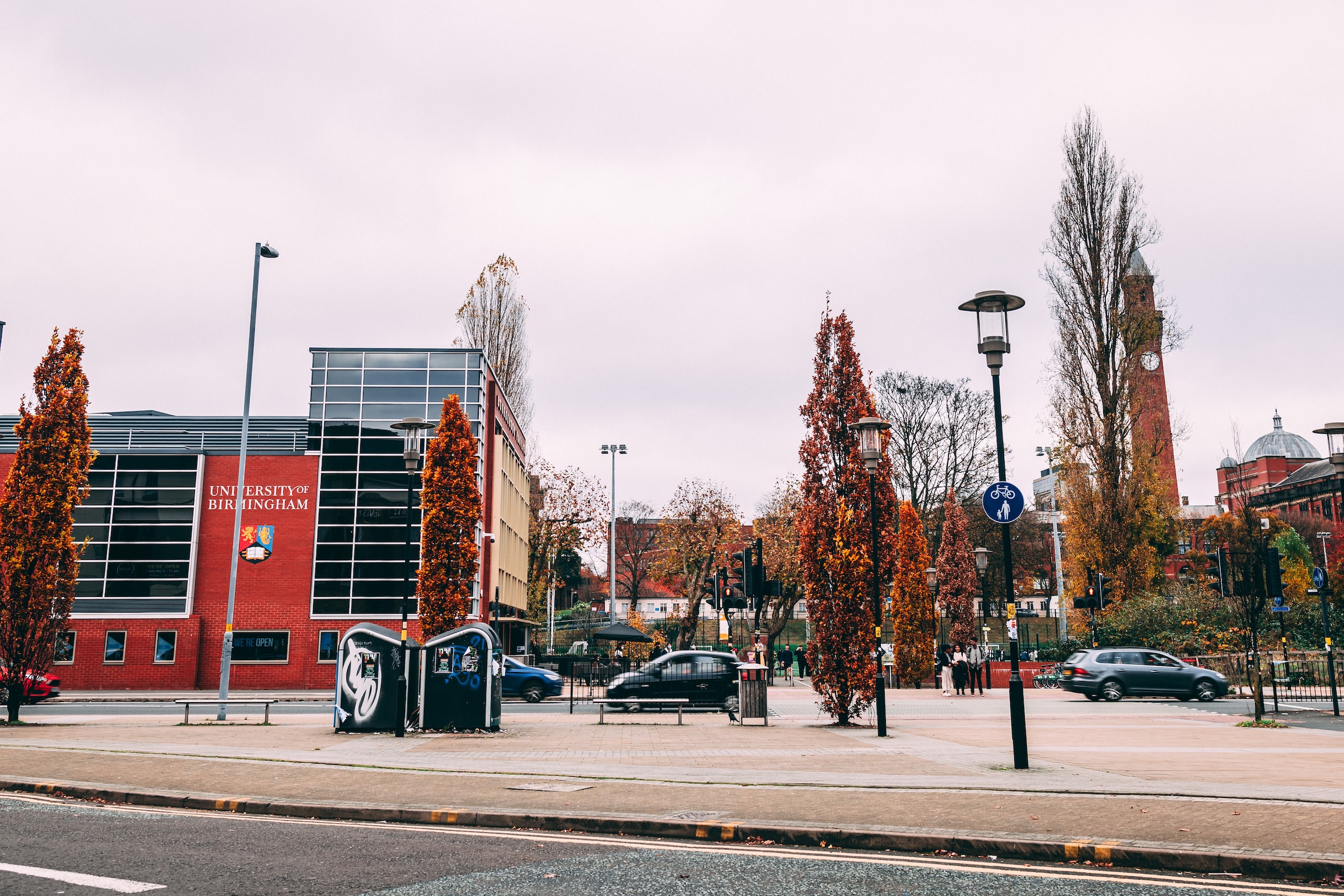
Cutting arts funding excludes the working class, argues Abby Spreadborough
The arts are the lifeblood of modern day Britain, but they are under threat.
Often regarded as inessential, the arts are slowly being erased from the national curriculum and cut back in our major cities. We have a rich, but not so diverse, cultural history in this country. A combination of Brexit, and losses in local council and lottery funding have meant losses for some of the UK’s most beloved institutions in recent years. These cuts have set a dangerous precedent. The arts are often seen as expendable in contrast to the essentials such as healthcare, education and welfare. Yet they deserve to be elevated once more, to be seen as essential in continuing Britain’s legacy of producing world class art for future generations.
“The arts are often seen as expendable in contrast to the essentials
Already, there has been a total loss of £1 billion since 2010. This included a share of £2.5 million annual funding for some of London’s cultural hotspots including The National Theatre, The Southbank Centre, The Royal Opera House and The Royal Shakespeare Company. However, in a more promising development, the government have pledged to give approximately £42.5 million of the funds to arts institutions outside of the capital between 2018 and 2022. Whilst this will combat the London-centric nature of the arts, providing other urban and regional communities a chance to access greater arts-based opportunities, the £1 billion total loss still stands.
For years the capital has provided rich and varied offerings from British born artists such as Turner, Blake and Constable at the Tate Britain and National Gallery. It too displays cutting edge, modern exhibitions at smaller venues such as the Serpentine and Saatchi gallery which is currently running a Black Mirror-themed exhibit. The British public would not only have less access to such institutions but so would many of the millions of tourists who visit London each year to experience British culture. Thus, Britain would not only lose out on displaying its artistic heritage but would also lose out on the vast sums of money which millions of tourists bring in each year.
“Our national collections are accessible to all
In the UK we are lucky enough to share in a culture which is democratic. Many of London’s finest galleries as well as those in Birmingham, such as the Birmingham Museum and Art Gallery, The Barber Institute of Fine Arts and the Ikon Gallery, are free to the public. Our national collections are accessible to all, which is especially important as art is often perceived as being the preserve of the upper classes. Continued cuts may re-establish this notion and exclude vast audiences from viewing the art on display at these museums as prices for entry may be introduced. This would alienate whole groups of society from the arts as well as reducing the likelihood of artists emerging from these groups.
We can already see this cruel alienation occurring at thousands of state schools up and down the country. As many as nine in ten secondary schools have said that they have had to cut back on lesson time, staff or facilities in at least one creative arts subject. Many have also cut extra-curricular clubs after reporting a lack of specialist staff. Alarmingly, Ofsted appear to not be especially concerned about this rapid decline. Ofsted chief Amanda Spielman recently said that academic subjects were the best route to higher-level study, particularly for working-class children. Whilst it is certainly true that few people are destined to be great artists, the enjoyment of the creative arts and even the appreciation of the arts is nevertheless essential. The removal of the arts would push state schools further toward becoming exam factories. If the arts were to be erased completely, our schools would no longer produce well rounded, open minded individuals with a vast skill sets. Instead British schools would churn out exam robots, and with changes to the national curriculum at GCSE and A Level, this already appears to be happening. New specifications which place greater emphasis on a single set of final exams at the end of two years of study have created a highly pressurised environment. In this context, the arts can be a much needed break from study.
“If the arts were to be erased completely, our schools would no longer produce well rounded, open minded individuals
As expressed by Spielman, a culture exists of discouraging working class children from taking arts-based subjects, whether that is as early as selecting their GCSE options or deciding to go to a specialist arts college. Even when undertaking a Bachelors of Arts in English Literature I have come up against this. Literature, much like music, architecture and theatre are thought of as being dominated by the middle and upper classes and are impossible for working class people to crack. However, within regards to fine art, sculpture or more contemporary performance and conceptual art this attitude is at its most severe. The trope of the starving artist often prevails, this is an individual entirely committed to their art but suffering for it financially whilst their family struggles to keep them afloat. For many being an artist is seen as impractical, even a burden, when in reality it is essential. Working class artists and art lovers are crucial when it comes to levelling the playing field and engaging a wider audience. Figures of authority such as Spielman should not be guiding working class children away from the arts but should provide them with the opportunity to experience them and choose them as viable careers if they so wish.
It is especially important that students are granted this opportunity at a time when mental health is a major issue for young people. Practicing at least one creative art has been shown to help individuals manage their mental health. Art therapy is often prescribed as treatment for depression and anxiety. In staging, painting, singing or writing about these complex emotions, practicing the arts is a reminder of our shared humanity. It is a cathartic exercise not only for the individual but for whole communities.
“Practicing at least one creative art has been shown to help individuals manage their mental health
The Arts on Prescription project based in Cambridgeshire has demonstrated the value of the arts in treating long term mental health conditions. They provided participants with a chance to experience working in artistic mediums from sculpture to printmaking and reported that 76% saw improvements to their wellbeing. At a time when mental health is such a pressing issue, not only within the NHS but within schools too, it is not only a great shame that the arts are being under-funded but it is illogical too.
This wider trend of losses to the arts isn’t being replicated within all sectors of society. Private schools which have a long-established reputation for outstanding arts education will not suffer as state schools will.
As they are funded by paying students and not by the government, they may provide their students with specialist facilities, expert teachers and chances to take subjects such as Classics and Art History which are simply unheard of at many state schools. These privileged students go on to dominate the arts sector. For example, in performing and visual arts 18.2% of employees have working class origins whereas in film, TV and radio this figure drops to just 12.4%. A recent report for Arts Council England demonstrates racial inequality as well, BME people are even more under-represented with a mere 9% working at the council itself and only 4% in major museums.
“It is vital that funding is allocated to the arts once more
Simply put, Britain’s major cultural institutions do not reflect modern day Britain. Consequently, Britain’s art doesn’t reflect its audiences, leaving them disillusioned and perpetuating the notion that the arts are a domain of the elite.
Cuts to arts education in state schools only support this myth and ensure that little progress will occur in regards to representation. It is vital that funding is allocated to the arts once more, if not to create more artists then for the enjoyment and wellbeing of future generations.

Comments